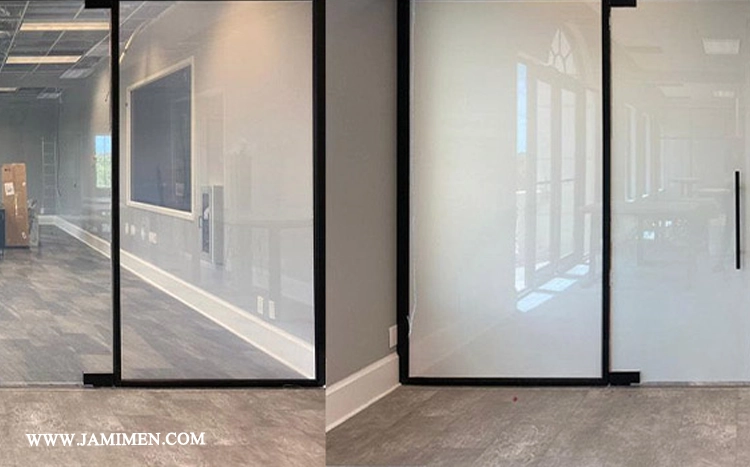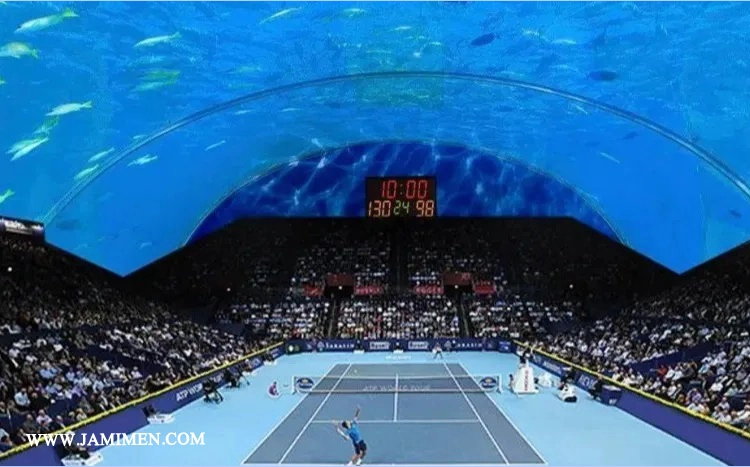Examining the Impact of Cooktop Design on Glass Breakage
Among the factors that can influence glass breakage is the way design affects the technical performance of cooktops. Elements such as the arrangement of gas inlets and outlets, the type of burners,

The design of household appliances plays a crucial role in the quality and lifespan of the product
Among the factors that can influence glass breakage is the way design affects the technical performance of cooktops. Elements such as the arrangement of gas inlets and outlets, the type of burners, and details related to mechanical components like pins and connectors play a significant role in the durability of tempered glass. One of the most important factors in this context is the uniform distribution of heat. Burners must be designed to ensure that the flame spreads evenly in all directions. Otherwise, uneven heat distribution can create thermal stresses within the glass, leading to glass breakage.
Additionally, the materials used in the pins and connectors have a significant impact. If metal pins are used at the connection points between the glass and the metal body of the cooktop, the likelihood of glass breakage increases due to the high thermal transfer from the metal to the glass. Therefore, it is advisable to use insulating materials like silicone instead of metal for assembling cast iron parts. Silicone, with its thermal insulation properties, can prevent excessive heat transfer to the glass, significantly reducing the risk of breakage.
Another important factor in this context is the tightness of screws during the assembly process. If the assembler tightens the screws excessively or if the diameter of the holes and screws is designed such that the glass is under pressure after assembly, additional mechanical stresses are applied to the glass. These stresses can put the glass at risk of sudden breakage. Therefore, precise design of the holes and screws and careful assembly to avoid excessive pressure on the glass are of great importance.
Moreover, the correct design of cast iron bases and their proper placement on the glass surface of the cooktop is crucial. If these bases are not properly aligned or exert excessive pressure on specific points of the glass, the resulting mechanical stresses can expose the glass to the risk of breakage. Attention to design details and the use of suitable materials at connection points are among the factors that can enhance the durability and safety of tempered glass in cooktops.
The Importance of Design in Built-in Ovens and Microwaves:
These considerations are not only important in the design and manufacture of cooktops but are also critical in the design of built-in ovens and microwaves. In built-in ovens, the placement of fans and heat distribution directly affect the glass. If the fans are not properly designed or if the airflow is not evenly distributed inside the oven, heat can transfer unevenly to the glass, which can create thermal stresses and increase the risk of glass breakage.
In microwaves, the distribution of energy and radiation must be designed to prevent the glass from being subjected to unnecessary stresses. Any imbalance in energy distribution or improper design can cause heat buildup or mechanical pressure at specific points on the glass, which can increase the chance of sudden breakage. Therefore, careful design of fans, heat distribution, and energy in ovens and microwaves is essential for improving the durability and safety of glass.
Factors Influencing Glass Breakage Due to Incorrect Design
Uneven Heat Distribution:
One of the biggest factors contributing to glass breakage in built-in ovens is uneven heat distribution. In these ovens, fans are responsible for evenly distributing heat within the oven space. If the fan design is flawed or if the power and positioning of the fans are not suitable, heat can transfer unevenly to different parts of the glass. This uneven heat distribution can create thermal stresses, leading to uneven expansion and contraction of the glass. If these stresses reach a level that the glass cannot withstand, breakage occurs.
Lack of Proper Insulation:
In the design of built-in ovens, thermal insulating materials are used to prevent heat transfer to the metal body and glass. If there is a defect in the design and installation of insulation or if low-quality insulating materials are used, heat can easily transfer to the glass, exposing it to high temperatures and unnecessary stresses. This factor can also lead to glass breakage. Proper insulation and the use of high-quality materials can prevent heat buildup in the glass and reduce the risk of breakage. Today, the use of Low-E glass in built-in ovens and the design of triple-layered doors have reduced heat transfer to the exterior glass by up to 30%.
Improper Fan Placement:
Fans in built-in ovens are responsible for distributing heat evenly within the oven. If the fans are not properly designed or are placed in incorrect positions, airflow will not circulate effectively throughout the oven, leading to heat buildup in specific areas. These hot spots can create thermal stresses in the glass. To prevent this issue, the fans should be designed to ensure that airflow moves evenly throughout the oven, preventing any part of the glass from being exposed to concentrated heat.
Imbalance in Airflow:
Another technical reason for glass breakage in built-in ovens is the imbalance in internal airflow. If the air vents or heat outlets are not properly designed, the flow of hot air may not circulate evenly within the oven’s interior. This imbalance can cause heat to build up in one part of the glass while other parts remain cooler. These sudden temperature changes and differences between different parts of the glass can lead to breakage.
Use of Thin or Inappropriate Glass:
In some cases, using glass that is not properly designed for high temperatures or that is thinner than the standard can result in glass breakage in built-in ovens. Tempered glass designed for use in these ovens must have sufficient thickness and strength to withstand thermal and mechanical stresses. If inappropriate glass is used in the oven’s design, it may not be able to withstand the applied stresses and will eventually break.
Mechanical Stresses from Improper Installation:
Improper installation of the oven or excessive mechanical stress applied during glass installation can also lead to breakage. If the frame or screws exert excessive pressure on the glass, it will be under mechanical stress, making it more susceptible to breakage from minor temperature changes or impacts. To prevent this issue, the glass installation should be done with care and in compliance with all safety standards, using the appropriate tools and parts.
These technical factors in the design and installation of built-in ovens can lead to glass breakage. By understanding these factors, such issues can be prevented, leading to the production of more durable and high-quality products.










